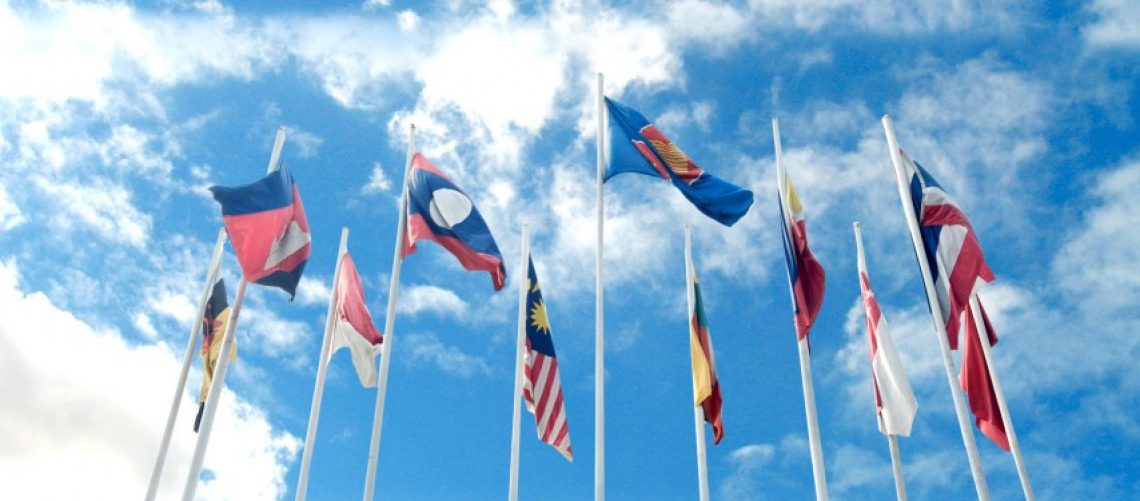We, the ASEAN Ministers responsible for Telecommunications and IT, on the occasion of the 10th ASEAN Telecommunications and IT Ministers Meeting (TELMIN) held in Kuala Lumpur, Malaysia:
ACKNOWLEDGING the significant achievements of ASEAN cooperation in the field of ICT;
NOTING the contribution of ICT to economic growth and social development in ASEAN and its role as a strategic instrument for achieving the United Nations Millennium Development Goals;
RECOGNISING ICT as an empowering and transformational tool for the peoples of ASEAN;
REAFFIRMING our commitment to ASEAN integration and the ASEAN 2015 goals, and to continue our cooperation in this area to contribute to the achievement of ASEAN common goal of realising an ASEAN Community;
DESIRING to enhance efforts to provide affordable ICT access and increase ICT adoption across ASEAN as well as to bridge the digital divide and develop ICT skills;
DO HEREBY:
1. Adopt the ASEAN ICT Masterplan 2015 (“AIM2015”) to chart the development of ICT in this region and harness the potential of ICT in establishing an inclusive, vibrant and integrated ASEAN Community;
2. Task the ASEAN Telecommunication and IT Senior Officials (TELSOM) and the ASEAN Telecommunication Regulators’ Council (ATRC) to take necessary steps to implement the actions and measures embodied in the AIM2015; and
3. Invite all partners to collaborate with ASEAN in realising the objectives and goals of the AIM 2015.
Done on 14 January 2011 in Kuala Lumpur, Malaysia.
- ABOUT ASEANThe Association of Southeast Asian Nations, or ASEAN, was established on 8 August 1967 in Bangkok, Thailand, with the signing of the ASEAN Declaration (Bangkok Declaration) by the Founding Fathers of ASEAN: Indonesia, Malaysia, Philippines, Singapore and Thailand. Brunei Darussalam joined ASEAN on 7 January 1984, followed by Viet Nam on 28 July 1995, Lao PDR and Myanmar on 23 July 1997, and Cambodia on 30 April 1999, making up what is today the ten Member States of ASEAN.Menu
- WHAT WE DO
ASEAN organs always strive to achieve ASEAN’s goals and objectives, the Secretary-General of ASEAN and the ASEAN Secretariat shall be functioned as coordinating Secretariat to help facilitate effective decision-making withing and amongst ASEAN bodies. In addition, each Member State shall appoint a Permanent Representative to liaise with Secretary-General of ASEAN and the ASEAN Secretariat
Menu - WHO WE WORK WITH
ASEAN shall develop friendly relations and mutually beneficial dialogues, cooperation and partnerships with countries and sub-regional, regional and international organisations and institutions. This includes external partners, ASEAN entities, human rights bodies, non-ASEAN Member States Ambassadors to ASEAN, ASEAN committees in third countries and international organisations, as well as international / regional organisations.
Menu - OUR COMMUNITIES
The rodmap for an ASEAN Community (2009-2015) was declared by the leaders in 2009. The ASEAN Community, anchored on three community pillars: Political-Security Community, Economic Community, Socio-Cultural Community was launched in 2015. The ASEAN 2025: Forging Ahead Together was introduced in 2015 as a Post-2015 Vision. It comprises the ASEAN Community Vision 2025, the ASEAN Political-Security Community Blueprint 2025, the ASEAN Economic Community Blueprint 2025 and the ASEAN Socio-Cultural Community Blueprint 2025
Menu - SITEMAP





